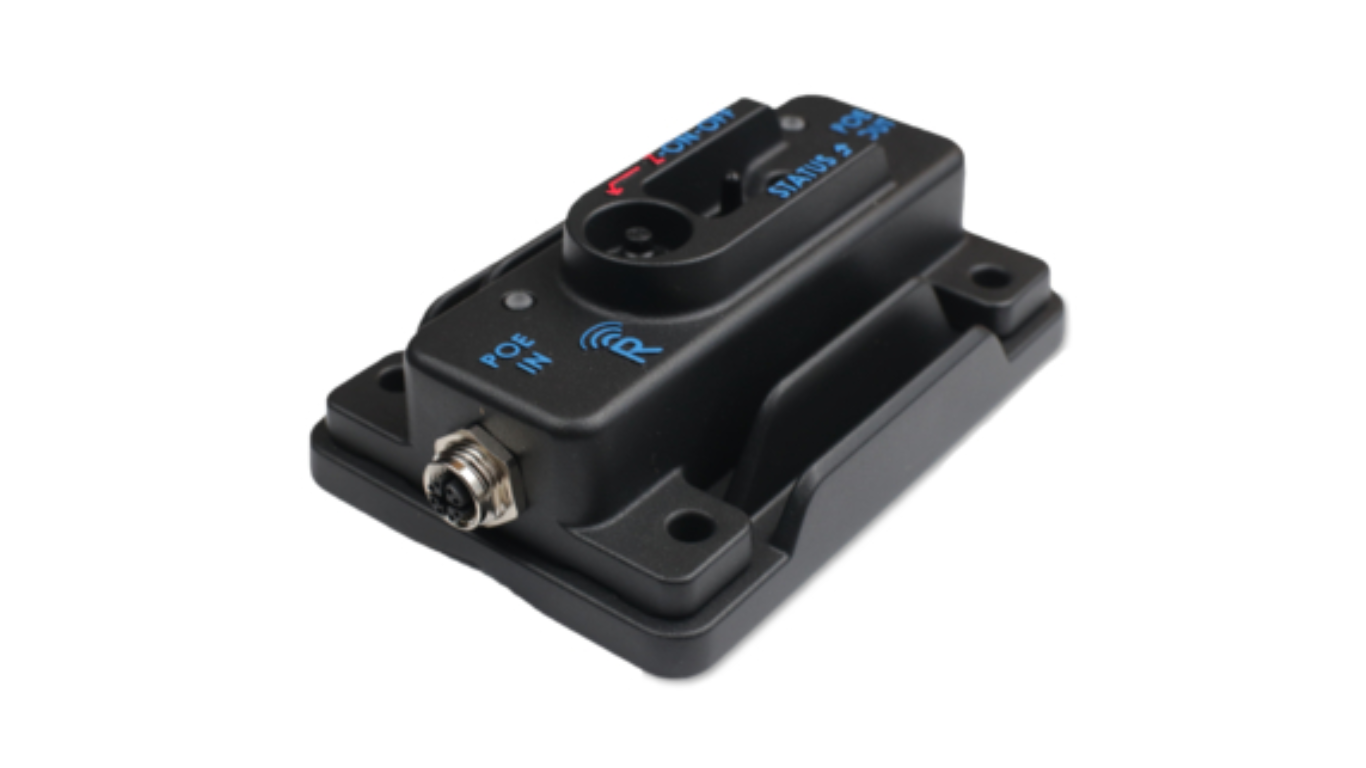Accidents rarely unfold in simple ways. In many Florida injury cases, more than one person contributes to the event that causes harm. When multiple parties share blame, compensation often changes under the state’s comparative negligence law. Understanding how shared fault impacts your recovery helps you make informed choices after an accident in Fort Lauderdale.
Consulting a Fort Lauderdale Personal Injury Lawyer
Florida’s negligence system determines compensation based on fault percentages. That means your recovery depends on how much responsibility you bear for the accident. Working with a Fort Lauderdale personal injury lawyer helps ensure your side of the story is supported with evidence and presented effectively.
Attorneys gather police reports, eyewitness statements, and expert analyses to demonstrate how another party’s actions caused most of the harm. Because Florida law now follows a modified comparative fault model, even a small change in your assigned percentage of fault can significantly affect your financial recovery.
Understanding Comparative Negligence in Florida
Comparative negligence refers to a system that allocates damages based on each person’s share of responsibility. Before 2023, Florida followed a pure comparative negligence rule, which allowed injured individuals to recover compensation even if they were 99 percent at fault. In March 2023, the law was amended under House Bill 837, introducing a modified comparative negligence standard.
Under this system, anyone more than 50 percent responsible cannot collect any compensation from other parties. If your fault equals or exceeds 51 percent, you forfeit the right to recover damages. This adjustment makes accurate fault determination essential in every injury case.
How Shared Fault Influences Compensation
When a court or insurance company determines liability, it assigns a percentage of blame to each party involved. Your compensation decreases by that same percentage. For example, if your damages total $100,000 and you’re found 20 percent at fault, your recovery drops to $80,000.
Because insurance adjusters often seek to raise a claimant’s percentage of fault, evidence collection and legal strategy become crucial. Your attorney ensures that the other party’s negligence remains the focus and that your share of fault stays as low as possible.
Common Scenarios Where Shared Fault Arises
Shared responsibility is a common occurrence in various types of accidents. Some of the most frequent examples include:
- Car collisions: Both drivers may be at fault if one driver speeds and the other fails to yield the right of way.
- Pedestrian accidents: A distracted pedestrian crossing midblock could share fault with a driver who was texting.
- Slip-and-fall incidents: A visitor who ignores warning signs might share blame with a property owner who failed to maintain safe flooring.
- Bicycle crashes: Cyclists who ride outside designated lanes can bear partial responsibility even when a driver’s carelessness caused the collision.
In each situation, investigators analyze evidence to determine how actions or omissions from both sides contributed to the event.
The Role of Evidence in Determining Fault
Fault assignment depends heavily on credible evidence. Strong documentation can prevent insurers from unfairly shifting blame. Proper forms of evidence include:
- Photos of the accident scene and property damage
- Surveillance or dashcam footage showing the sequence of events
- Police and accident reports identify violations or negligence.
- Medical records linking injuries directly to the incident
- Witness statements confirming events leading up to the accident
A personal injury lawyer organizes this information into a detailed narrative that shows how the other party’s actions primarily caused your injuries.
How Insurance Companies Use Shared Fault to Limit Payouts
Insurance companies often exploit Florida’s comparative negligence system to minimize their liability payments. Adjusters may suggest that you contributed to the accident through carelessness or failure to follow safety laws. Even small admissions, such as “I might have been distracted,” can influence their assessment of fault.
To protect your claim, communicate carefully and avoid discussing details with insurers before consulting legal counsel. An attorney handles all correspondence, ensuring that no statements are misinterpreted or used to reduce your compensation unfairly.
Why Legal Representation Makes a Difference
Shared-fault cases require more than simple paperwork. They involve reconstruction, expert testimony, and strategic argumentation to prove that another party holds the majority of responsibility. Attorneys review police reports, consult accident reconstruction specialists, and question witnesses under oath to uncover key facts.
A Fort Lauderdale personal injury lawyer also negotiates settlements from a position of strength, using evidence to challenge attempts at inflating your share of fault. Their experience ensures that calculations accurately reflect the actual impact of another’s negligence, rather than relying on assumptions or biased insurer evaluations.
How Comparative Fault Applies to Different Accident Types
Florida’s comparative negligence rule applies broadly across multiple personal injury contexts, including:
- Motor vehicle accidents: Speeding, distracted driving, and unsafe lane changes can all lead to divided fault.
- Premises liability: Property owners and injured visitors may share responsibility depending on the presence of warning signs or the visitor’s conduct.
- Medical malpractice: Hospitals, nurses, and patients may each play a role in treatment errors.
- Product liability: Manufacturers may claim misuse of a product to reduce their share of responsibility.
Each type of case requires a tailored legal strategy to prove how the other party’s behavior primarily caused harm.
Calculating Damages After Fault Is Assigned
Once the percentages of fault are established, total damages are calculated and adjusted. Recoverable compensation often includes:
- Medical expenses, including future rehabilitation and therapy
- Lost wages and reduced earning potential
- Pain and emotional suffering
- Property repair or replacement costs
The amount you receive equals the total damages multiplied by the percentage of fault assigned to the other party.
Understanding Your Rights After a Shared-Fault Car Accident
Learning how shared fault affects compensation helps you make informed decisions after an injury. Florida’s modified comparative negligence system rewards careful preparation and substantial evidence. When you take immediate action and work with professionals who understand the law, you safeguard your ability to recover what you are entitled to.
Article received via email






























